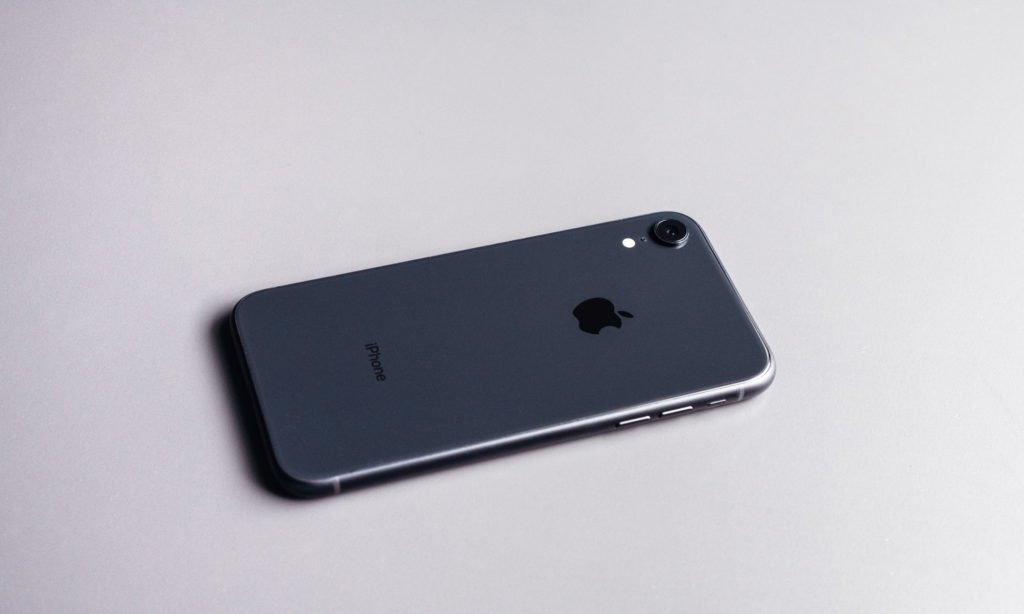This is a guest post from Leslie Watson of Less Haste And Less Waste.

Four months after reading Digital Minimalism by Cal Newport, I thought I had analog living all figured out. I spent two uncomfortable weeks detoxing from my standard American smartphone addiction until my tech cravings subsided. I was keeping so busy offline that I seldom missed my phone. Soon I was averaging just 62 minutes a day on my mobile phone, compared to the United States norm, and my own history, of three to five hours daily.
My husband and I share a computer and don’t have a television, so my cellphone is often my only screen. Reducing my smartphone use did more than just free up two to four hours a day; I was less distractible and more energetic too. My relationships improved when I stopped phubbing family and friends. Some of them even volunteered to put their phones away during our in-person visits as well.
I felt like a digital minimalism success story before quarantine, but as my schedule emptied my screen-free convictions faltered. According to Instagram, the rest of the world was using their time windfalls to bake bread and plant vegetable gardens, but I was glued to news headlines and Netflix.
Apparently, I wasn’t the only one hooked on digital bait when the future grew more unpredictable. TV consumption reached staggering levels during the coronavirus crisis. Video game sales were record breaking as well.
In fact, I finally recognized the severity of my own personal tech relapse when my vision went blurry from playing too many rounds of My Little Pony Bubble Blast.
Hitting rock bottom with my unicorns and alicorns left me feeling counterproductive and lethargic. Relieving unfamiliar stressors with digital entertainment had been comforting at first but several weeks of excessive screen time sapped my motivation for any greater purpose.
Ready for healthier habits, I resolved to get back in control of my tech use once and for all.
The most important lesson I learned during my second digital detox is that in-the-moment willpower is fickle. Mastering digital minimalism is all about setting yourself up for success in advance so you won’t need to rely solely on willpower.
I also discovered the importance of modifying screen time strategies and goals during major life changes. Knowing several techniques ahead of time allows for a more seamless transition.
Here’s a playbook of the eight practices I’ve found most effective in reducing my screen time:
1) Build a support system
Speaking up is the first step to normalizing a screen-free lifestyle. I’m growing more comfortable talking about my need to unplug. By bringing up the issue, I’ve learned that my entire social circle is experiencing digital overwhelm too. Once we broke the stigma, we were able to help each other stay on track. The best part was setting new standards for response times; nobody feels guilty for waiting until it’s convenient to reply to texts and emails.
2) Replace some technology with analog alternatives
Using a smartphone to update my calendar or grocery list often led to wasting time on other apps. I avoid that temptation now by using a paper notebook for planning and list making.
3) Turn off most notifications
Phone calls and text messages are the only phone features I allow notifications from. I check email and other apps at my convenience instead of reacting every time a notification appears.
4) Use Do Not Disturb mode
From 9pm to 6am every day my phone is in automated Do Not Disturb mode. I also turn on Do Not Disturb manually while I’m working or driving. In case of emergencies, I allow text message overrides from anyone on my contact list who types “urgent.”
5) Unsubscribe and unfollow
It was easy to decide which blogs, newsletters, and social media accounts to leave behind once I started considering how much I’d be willing to pay for their updates. Any content that I wouldn’t spend money on isn’t worth my time either.
6) Dock your phone
Portability makes our devices even more addictive. I used to carry my smartphone around in my pocket even when I was at home. Now I keep devices near the garage door. When I get an urge to use my phone, I’m forced to pause and decide if I want to walk across the house to collect it.
7) Time-block online activities
Scheduling specific time slots for all nonessential tech use makes both my online and offline time more focused. When I think of an optional online task, I write it down as a reminder for later instead of grabbing my phone right away.
8) Set personalized conditions for addictive apps
Some digital minimalists have resolved to only watch Netflix with family or friends. Others won’t use social media until chores are finished. The biggest game changer for me was creating a smartphone folder labeled “bike.” Apps in that folder are only options if I’m riding my stationary bike.
My quarantine experience taught me to abandon all-or-nothing thinking about technology. I now have the tools to maintain a screen-life balance even in difficult circumstances. Time for higher priorities plus a calm, focused state of mind have been my rewards for practicing digital minimalism.
I hope the eight strategies above will help you accomplish your goals as well.
***
Leslie Watson is an eco-minimalist from the West Coast, USA where she works as an elementary school teaching assistant. She shares her articles on Linktree. You can also find her on Instagram.
from Becoming Minimalist https://ift.tt/35zEpYI
Aucun commentaire:
Enregistrer un commentaire